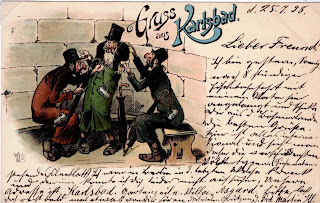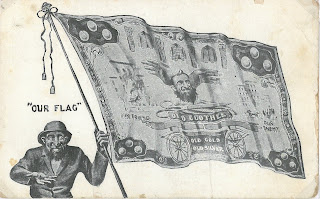Emil Köhn, a master of the printing craft, made his mark in Munich, Germany, in the waning years of the 19th century and the dawn of the 20th. His legacy, though not richly detailed in historical records, is anchored in the exceptional quality of his print work, with postcards being his notable forte. His company was also published as "Emil Köhn Noris" (= from Nürnberg/Nuremberg) or "Emil Köhn Nürnberg" at some time. His office in Munich was first at Elvirastr #2 then moved to Maria-Theresiastr, 16
At that time, Munich was a bustling nexus of artistic, cultural, and industrial activity, and the demand for printed works was high. Köhn's print shop was likely a linchpin in this milieu, adding to the city's effervescent cultural and economic fabric.
His collaboration with Ottmar Zieher, an esteemed figure in the postcard publishing realm, speaks volumes of Köhn's esteemed status in the printing community. His alliance with Zieher, who was famed for his postcard expertise, indicates Köhn's esteemed skill set and dependability in churning out attractive and marketable print pieces.
While the particulars of Köhn's imprint on the industry are scant, his name is still intertwined with Munich's spirited cultural tapestry of his time. His print work, especially the postcards that captured the essence of Munich's beer-centric social life, mirrors the confluence of business, creativity, and the local ethos prevalent in Munich during that epoch.
Here is an example (Check the original post here):





























